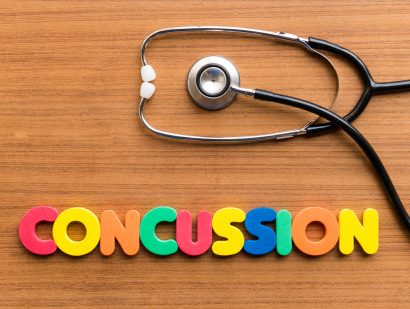- Find A Medical Provider
- Auto Injuries
- Common Injuries
- Medical/Pharmaceutical
- Types of Medical Injuries
- Malpractice Injuries
- Drug and Medical Device Injuries
- Drugs and Devices Linked to Cancer
- Opioid Addiction
- Drugs and Devices Known to Cause Injury
- 3M Combat Arms Earplugs – Hearing Loss
- Accutane
- Aciphex
- Actonel
- Actos
- Adderall and Ritalin
- Advair
- Aldara (Imiquimod)
- Alli
- Ambien
- Amiodarone
- Anzemet
- Aptivus
- Aranesp
- Arava
- Atorvastatin
- Avandia
- Benicar
- Birth Control Medication
- Blood Thinners
- Essure
- Fosamax (Alendronate Sodium)
- Gadolinium-Based MRI Contrast Agents
- Granuflo
- Hernia or Surgical Mesh Injuries
- Hydroxycut
- Inferior Vena Cava Filters
- Invokana Toe and Foot Amputations
- Ketek
- Levaquin
- Lipitor
- Mirapex
- Neurontin
- Onglyza
- Over-the-Counter Medications
- OxyContin
- Paxil
- Power Morcellators
- Pradaxa
- Propecia
- Reglan
- Talc Powder
- Trasylol
- Valsartan
- Viagra
- Xolair
- Zelnorm
- Zoloft
- Work Injuries
- Sports Injuries
- Marketing Services
- Blog
List your practice on InjuredCare | Log in / Sign up
Noise Injury

Excessive noise levels in the workplace can damage hearing and cause hearing loss, interfere with concentration and thought processes, disturb sleep, and bring about fatigue and aggression. According to the Centers for Disease Control and Prevention, workplace-related hearing loss is the most common work-related injury; approximately 22 million workers are exposed annually to hazardous levels of occupational noise. One type of noise injury is known as acoustic trauma, which is an injury to the inner ear often caused by exposure to high-decibel noise and can be either a single loud noise or exposure to noises at significant decibels over a prolonged time.
Symptoms of noise injury include a feeling of "fullness" in the ears after leaving a noisy area or ringing or buzzing (tinnitus) in the ears immediately after exposure to noise. Workers also report being unable to hear someone talking from as little as three feet away.
As part of a health history exam, a chiropractor or other medical professional often ask a patient about exposure to noises. They also evaluate the cause of a noise injury by ordering an audiometry exam conducted by an audiologist, a physician specializing in diagnosing and treating hearing loss, to test the intensity and tone of sound and balance issues. Depending on the results of the test, treatment may include preventive measures, such as wearing earplugs around loud noises, or corrective measures, such as wearing a hearing aid.









